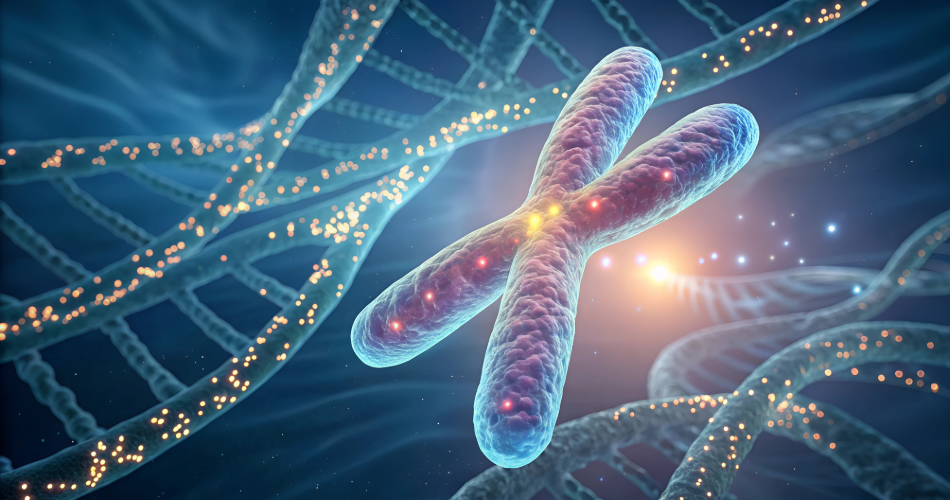
So much more than nutrition, food can evoke pleasure and excitement and bring people together. And yet, what we eat is changing, and must change. Pressure for this change comes from an expanding world population, with projected growth by almost another 2 billion by 2050. This is combined with the unsustainable use of land, soil and water to produce our food to have catastrophic consequences for biodiversity and our atmosphere. With such enormous pressures on the food system, and consumers rapidly changing their eating habits based on environmental and ethical choices, food technology has a critical role to play in the future of food.
Thankfully, and inspiringly, innovation in all aspects of the food chain is tackling the varied problems associated with food production to secure an environmentally credible food supply.
The future of protein
When it comes to sourcing protein, one of the biggest excitements in food technology is the evolution of cellular agriculture, also known as “cultivated” or “clean” meat. Using cells from a source animal, bioreactors can be used to grow and mature these on scaffolds resulting in a product that closely resembles the texture of meat straight from the animal. Beef, pork, chicken and fish can all be grown in this way, with the potential to use a fraction of the and, water and antibiotics used in traditional agriculture, and remove risk of contamination with toxins. While the first cultivated meat product is approved for sale in Singapore, further progress in technology should allow such cultivated meat to become more widely commercially available, in a way that will transform the animal products available to the consumer.
Innovation in protein sourcing spreads beyond the culturing of animal cells. Microbes such as yeast, algae and bacteria can be used to produce proteins for foods. The system can potentially be fed with waste products, with little requirement for land and low carbon emissions. One of the exhilarating and innovative branches in this field involves utilizing microbes to recycle carbon dioxide and using that carbon to make protein-rich foods. Future innovations will bring us greater efficiency and more variety of product. Alternatives to meat, eggs and dairy are all possible. Insect farming has also become a real solution to low carbon, high-protein food production, which uses relatively little land. Insect animal feed is relatively well established, but we can expect
more insect protein in our burgers of the future too.
|
“It has become very apparent in recent years that alternative sources of protein to those derived from traditional agricultural practices are an imperative for the future of the planet. Mewburn Ellis is very proud to be working with the companies shaping the global food landscape for the years to come.” Rhiannon Wescott |
Bringing agriculture into the 21st century
Meanwhile, more traditional agriculture remains essential to our food production and is also benefitting from technical innovations. Nanotechnology has many applications, from using nanofibers to capture nutrients and contaminants from water, to nano-enabled monitoring of crops using sensors to control crop feed and water. Even inside the plants, carbon-based nanomaterials are also being investigated to increase photosynthetic efficiency leading to a bigger crop.
Plant modifications in the form of genetic engineering or precision breeding also pave the way to crops which require fewer precious resources, by reducing water consumption, improving photosynthetic efficiency, and reducing pesticide use. The precision engineering permitted by CRISPR technology allows innovators work on increasing disease resistance to improve the reliability of the crops we need.
Other innovators are looking at reducing nitrogen pollution from artificial fertilizers by engineering nitrogen-fixing bacteria to symbiose with non-leguminous plants, and at growing rice, one of our most important crops, without the paddy fields, to vastly reduce the quantity of methane produced. There is of course, no limit to the approaches taken to innovate in the food sector, and there are countless more examples of creative solutions being developed to reduce our impact on the planet, while providing for the population.
Pressure on land use and soil is also being alleviated by growing plant crops in some unexpected places. Many innovator companies are developing and optimizing technologies to grow a variety of plant food crops in indoor vertical farms. Using technology to monitor and control the environment, light, water and nutrition can be delivered in such a way as to minimize use of resources and pesticides, but maximize crop-yield while increasing the reliability of the food production.
When it comes to sourcing our food sustainably, improved traceability will also be key. Blockchain can provide a complete history of a food to the consumer, and element analysis can be used to determine if the source of a product is as advertised. These sorts of technologies will help ensure that the sustainable foods of the future are reliably provided to consumers.
|
“For me, the thing that makes future food technology, and the cellular agriculture movement in particular, so exciting is its potential to contribute meaningfully towards addressing the challenges we face as a growing population – from the environmental crisis to global threats to public health – in an ethical manner. We expect an explosion of patent filings as innovative companies in this space arrive at the solutions for bringing foodstuffs based on novel technologies to market.” Adam Gregory |
An explosion of patent filings
Such a wide variety of technical and creative solutions means food technology is an extremely active area in intellectual property.
The considerable research ongoing in protein production fields will lead to an expansion in patent filings for cell culture and processing methods, cell culture medium formulations, scaffold substrates and additives, reflecting the complex technology involved in making these proteins as efficiently as possible. Strong and well protected brands are also key for much of the food market, with trade mark and design protection playing important roles.
As with many sectors, we can expect computer algorithms and AI to play a growing role, especially as the efficiency of food production with the resources available is honed. We’ll expect to see patent filings in this area as well.
While there’s no doubt there are many challenges to feeding the world population, and feeding them well, such an amazing and multi-faceted approach to the solutions means that the future of food is highly innovative, and that leaves us with a lot to be excited about.
Green IP Report 2021This blog originally featured in our 2021 Green IP Report. Our report examines the role of patents in making innovative ‘green’ technologies into a reality as well as how the patent landscape can be used to identify opportunities for partnering, collaboration and investment. |
Rhiannon is a member of our life sciences patent team, working predominantly in the biotechnology, protein engineering, antibody technology and diagnostics sectors. She has experience in prosecuting applications in the UK, at the EPO and in global portfolios. She also works on offensive and defensive oppositions, and appeals before the EPO. Much of Rhiannon’s work is focussed on the prosecution, defence and opposition of patents at the EPO, particularly in the fields of antibody technology and protein engineering, in therapeutic and non-therapeutic fields, and in diagnostics. This work includes cases relating to therapeutics, from early leads to those on the market, and to further developments of marketed therapeutics.
Email: rhiannon.wescott@mewburn.com
Sign up to our newsletter: Forward - news, insights and features
Our people
Our IP specialists work at all stage of the IP life cycle and provide strategic advice about patent, trade mark and registered designs, as well as any IP-related disputes and legal and commercial requirements.
Our peopleContact Us
We have an easily-accessible office in central London, as well as a number of regional offices throughout the UK and an office in Munich, Germany. We’d love to hear from you, so please get in touch.
Get in touch


